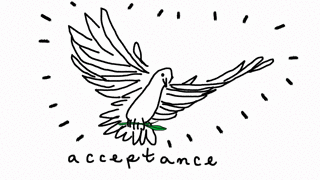The beauty of brokenness: writing faith with honesty
Faith in Storytelling: Beyond the "Perfect Life" Narrative
So often, I see stories about faith that end with the protagonist having a perfect life. Perfect meaning the character’s life has no more trials, tribulations, or suffering.
I have not found this to be true in my own life. Because of my relationship with God, I am given the strength, grace, peace, and mercy to face the obstacles that are thrown my way. He fills in the gaps where I am lacking. Brokenness allows me to know there is a need for God.
Writing With Honesty and Transparency
My storytelling mirrors that truth. I write my characters and their journeys with honesty and transparency.
I want readers to see themselves, accept themselves, and move forward knowing the journey is not the destination.
Faith in Everyday Choices
I show how characters transform their faith and relationship with God through everyday decisions, routines, and habits—rather than writing characters that have miraculous turns of events.
When I write a character’s flaws, I do so through the lens that imperfections shape them into who they are meant to be, not as marks that make them unworthy. By reframing their flaws, I show their humanity.
Flaws, Insecurities, and Transformation
Through storytelling, I want to show that we develop insecurities by not accepting our shortcomings.
Those insecurities ultimately begin to affect the decisions we make that shape our lives.
It's the decision to accept who God intended you to be that changes your trajectory.
That doesn’t guarantee a smooth road.
Choosing Faith on the Journey
You might catch a few bumps along the way, but you will have your faith.
You will have been honest.
And you will have accepted yourself.
That’s what I want for you—
and for my beautifully broken characters.



